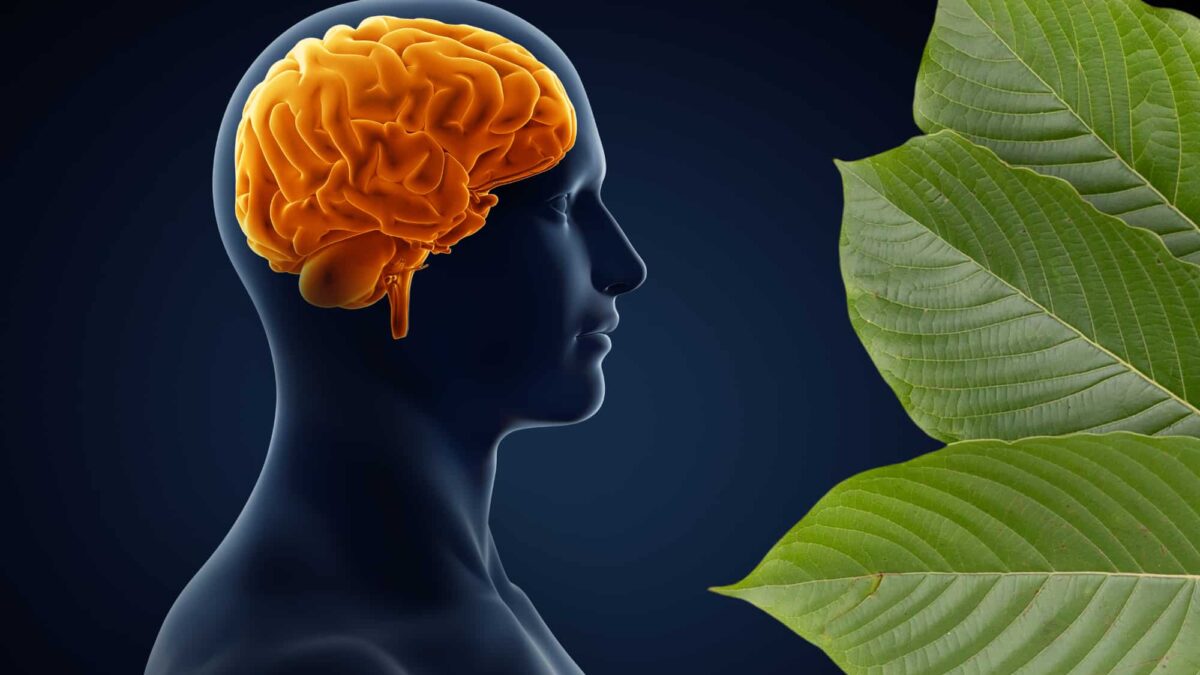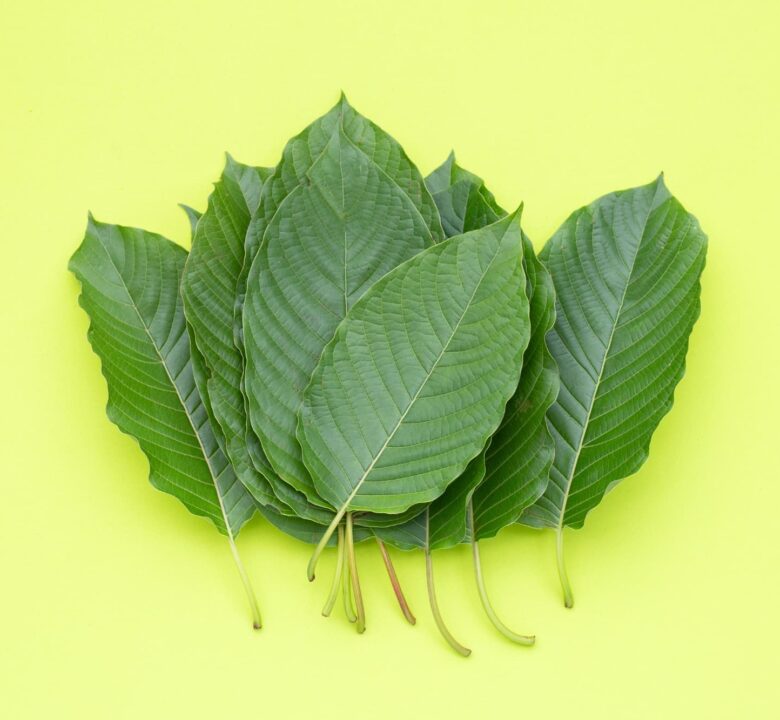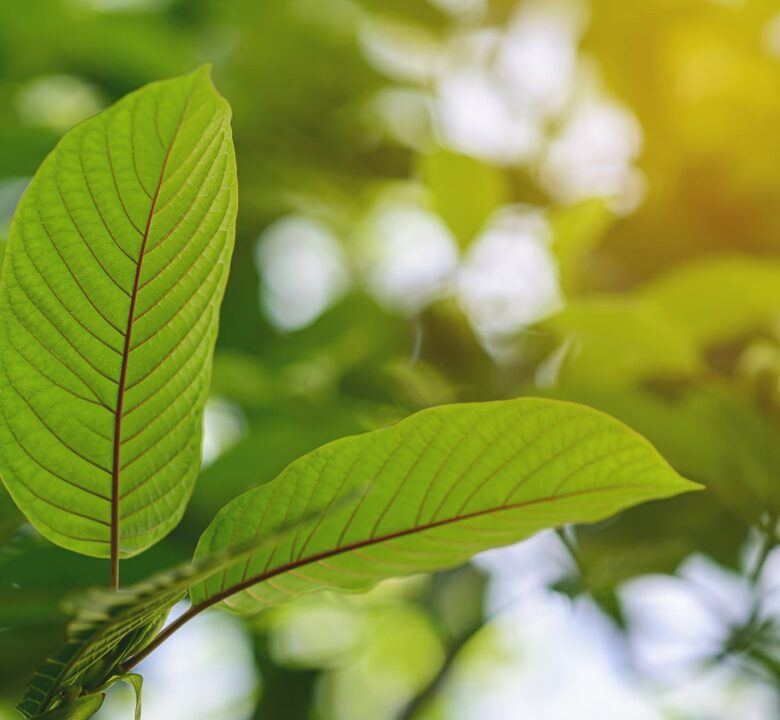
Is Kratom Safe? Unpacking the Latest Research Insights
July 16, 2024
Kratom and Sleep: The Latest Scientific Research
July 16, 2024Kratom (Mitragyna speciosa), a tropical evergreen tree native to Southeast Asia, carries a remarkable array of alkaloids that influence the opioid receptors in the human brain.
This plant, used traditionally for centuries, has surged in global popularity thanks to its potential therapeutic benefits, such as pain relief, mood enhancement, and assistance in opioid withdrawal.
Of the over 40 different alkaloids present in kratom leaves, mitragynine and 7-hydroxymitragynine have garnered the most scientific interest due to their strong effects and prevalence. However, paynantheine stands out as another significant alkaloid worth more scientific attention.
Although it is one of the more abundant components in kratom leaves, paynantheine remains less studied than its counterparts. Sharing structural similarities with mitragynine, paynantheine also possesses unique characteristics that contribute to the plant’s overall impact.
In this article, we’ll dive into what current science tells us about paynantheine, exploring its chemical makeup, pharmacological properties, potential therapeutic uses, and safety profile. We’ll also discuss the crucial need for further research to fully understand its implications in the broader context of kratom use.
What is Paynantheine?
Paynantheine is an alkaloid derived from mitragynine, one of the primary active compounds found in the kratom plant (Mitragyna speciosa) (Shellard). Mitragynine is the most abundant alkaloid in kratom leaves (Eastlack et al.).
Paynantheine is considered one of the more prominent alkaloids present in kratom. However, it has received less research attention compared to other key alkaloids such as mitragynine and 7-hydroxymitragynine (Shellard). A study from 2014 found that paynantheine is one of the more abundant alkaloids in kratom, although its concentration is significantly lower than that of mitragynine.
As a result, the pharmacological properties and potential therapeutic applications of paynantheine are less well-understood than those of mitragynine and 7-hydroxymitragynine, which have been more extensively studied.
As research into kratom alkaloids continues to expand, understanding the role of paynantheine and its interaction with other compounds in the plant may provide valuable insights into the overall pharmacology and therapeutic potential of kratom.

Which Kratom Strains Are Highest in Paynantheine?
While researchers have extensively studied alkaloids like mitragynine and 7-hydroxymitragynine, much less is known about paynantheine in comparison. As a result, it’s difficult to say with certainty which kratom strains contain the highest levels of paynantheine.
However, some educated guesses can be made based on the known effects of different kratom strains. Red vein kratom strains are generally considered the best for pain relief, and since paynantheine is thought to contribute to kratom’s analgesic properties, it’s likely that red strains have higher concentrations of paynantheine than green or white strains.
More specifically, popular red strains known for their potent pain-relieving effects, such as Red Maeng Da, Red Kali, and Red Borneo, probably contain some of the highest levels of paynantheine. However, without more targeted research, it’s impossible to say for sure.
As interest in lesser-known kratom alkaloids like paynantheine continues to grow, it’s likely that future studies will provide a clearer picture of how paynantheine levels vary between different strains. For now, kratom users seeking to maximize their intake of this potentially beneficial compound may want to stick with red vein varieties.

What Does Paynantheine Do?
Paynantheine, a mu-opioid receptor antagonist, works to block pain signals and provide relief similar to traditional opioids. While less studied than other kratom alkaloids, current knowledge suggests that paynantheine plays a significant role in kratom’s analgesic properties, likely working alongside other compounds to help manage pain.
In addition to its potential pain-relieving effects, paynantheine may also possess relaxing qualities, contributing to the calming, sedative effects of certain kratom strains. However, more research is needed to confirm paynantheine’s specific role in these effects.
As interest in minor kratom alkaloids grows, researchers will likely uncover more information about paynantheine’s unique properties and potential therapeutic applications. For now, kratom users can feel confident that paynantheine is one of several alkaloids working together to create the pain-relieving and relaxing effects that make kratom popular.
Is Paynantheine Safe? Dosing and Side Effects
When consumed responsibly as part of whole kratom, paynantheine is likely safe for most users. However, it’s important to note that paynantheine cannot currently be extracted and taken in isolation, meaning that the only way to consume it is by using kratom itself.
As with any substance, kratom use does come with the potential for side effects. Some common adverse reactions associated with kratom include dizziness, confusion, lethargy, nausea, constipation, and diarrhea. While these side effects can be unpleasant, they can often be managed by adjusting one’s dosage and frequency of use.
Perhaps the most significant concern surrounding kratom use is the potential for addiction. Experts recommend limiting kratom consumption to fewer than five days per week and taking extended breaks every one to two months to minimize the risk of dependence. Using kratom daily can lead to physical dependence and put unnecessary strain on the body.
When it comes to dosing kratom for paynantheine content, it’s important to remember that everyone reacts differently. However, there are some general guidelines that can help users find their ideal dose.
Low doses in the 1-3 gram range are best for mild stimulation and focus, while moderate doses of 3-6 grams offer a balance of energy and relaxation. Higher doses of 6-10 grams are typically used for pain relief and sedation but may also increase the risk of side effects.
Ultimately, the key to safely using kratom and maximizing the potential benefits of alkaloids like paynantheine is to start with a low dose, listen to your body, and make adjustments as needed. By using kratom responsibly and taking regular breaks, most users can enjoy the effects of paynantheine and other alkaloids without putting their health at risk.
The Therapeutic Potential of Paynantheine
As a lesser-known alkaloid, paynantheine represents a promising area for kratom research.
One exciting possibility is that paynantheine may work synergistically with other kratom alkaloids to produce an “entourage effect,” where the plant’s various compounds interact to create effects that are greater than the sum of their parts. Further research into paynantheine could help unlock kratom’s full potential as a natural remedy for a variety of conditions, from pain relief to mood enhancement.
Paynantheine shows particular promise in the treatment of pain and opioid withdrawal. As a mu-opioid receptor antagonist, it may provide relief from chronic pain without the risks of traditional opioids, and its ability to mitigate withdrawal symptoms could make it valuable in fighting opioid addiction.
While more research is needed to fully understand paynantheine’s therapeutic potential, early indications suggest that this overlooked alkaloid could play a significant role in kratom’s effects and may hold the key to developing safer, more effective therapies in the future.
Final Thoughts
Paynantheine, though still lesser-known and under-researched, stands out as a potentially crucial component in kratom’s therapeutic arsenal. As a mu-opioid receptor antagonist, it not only contributes to kratom’s pain-relief capabilities but might also enhance its calming and sleep-promoting effects.
The existing research, while promising, is just the beginning. Delving deeper into how paynantheine works in concert with kratom’s other alkaloids like mitragynine and 7-hydroxymitragynine could open new doors for natural treatment options, particularly in managing chronic pain and aiding opioid withdrawal.
More scientific inquiry is essential to fully unravel the intricate dynamics of paynantheine within kratom. As the body of research grows, paynantheine could emerge as a key player, enhancing our understanding and utilization of kratom’s full medicinal potential. Unlocking these secrets will not only solidify kratom’s place in herbal therapeutics but also ensure safer, more effective use.
For Further Reading
- Eastlack, Steven C. et al. “Kratom—Pharmacology, Clinical Implications, and Outlook: A Comprehensive Review.” NIH.gov. 28 Jan 2020
- Ellis, Christopher R. “Evaluating kratom alkaloids using PHASE.” NIH.gov. 3 March 2020
- Grundmann, Oliver. “Patterns of Kratom use and health impact in the US-Results from an online survey.” NIH.gov. 10 May 2017
- Kruegel, Andrew C., and Oliver Grundmann. “The medicinal chemistry and neuropharmacology of kratom: A preliminary discussion of a promising medicinal plant and analysis of its potential for abuse.” NIH.gov. May
- Meireles, Vânia. “Mitragyna speciosa: Clinical, Toxicological Aspects and Analysis in Biological and Non-Biological Samples.” NIH.gov. March 2019
- Paul, Wade. “Paynantheine: Everything You Need to Know About This Potent Alkaloid.” Kratom.org. 2023
- Philipp, Amelie A et al. “Studies on the metabolism of mitragynine, the main alkaloid of the herbal drug Kratom, in rat and human urine using liquid chromatography-linear ion trap mass spectrometry.” NIH.gov. 2009




